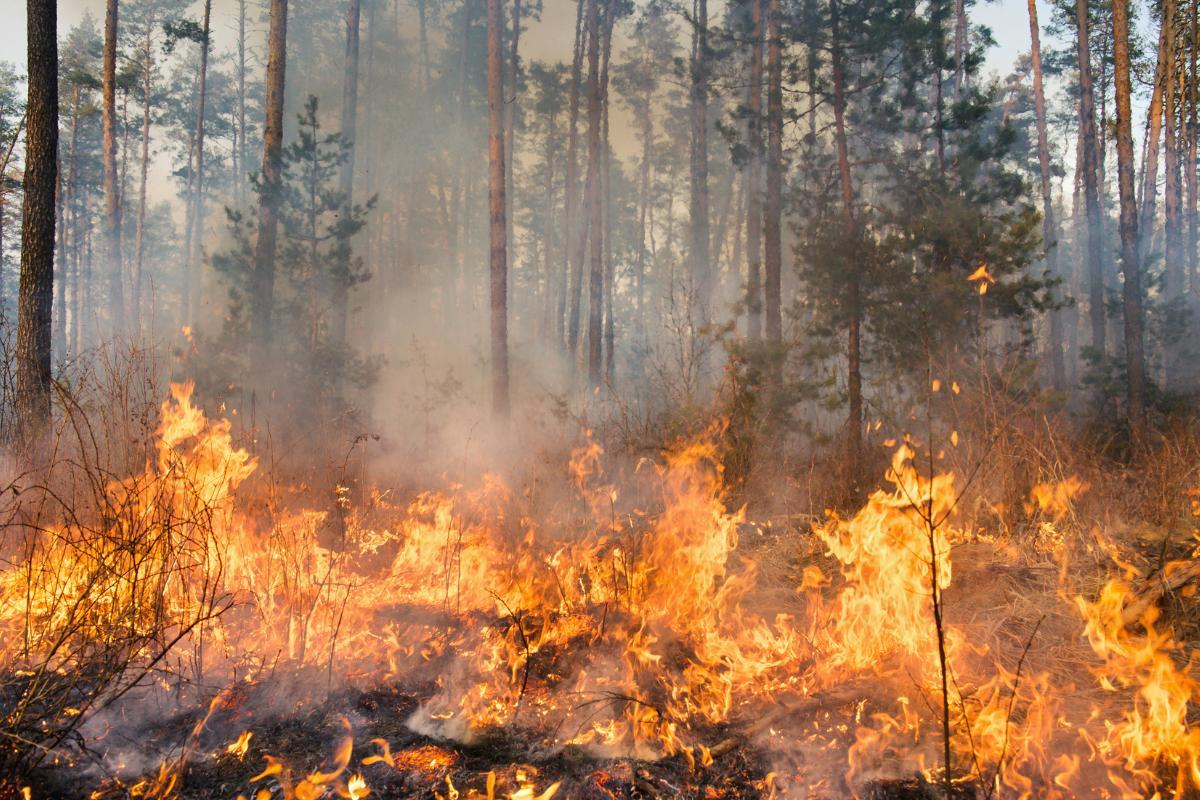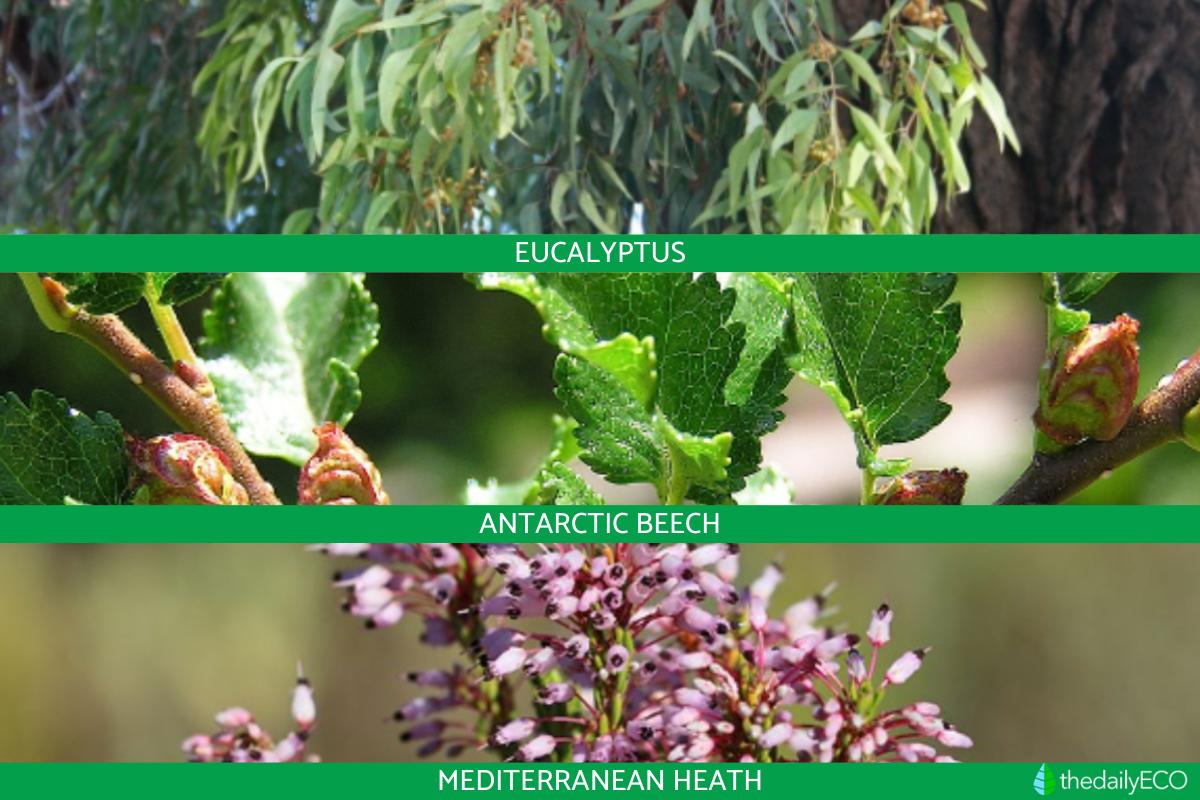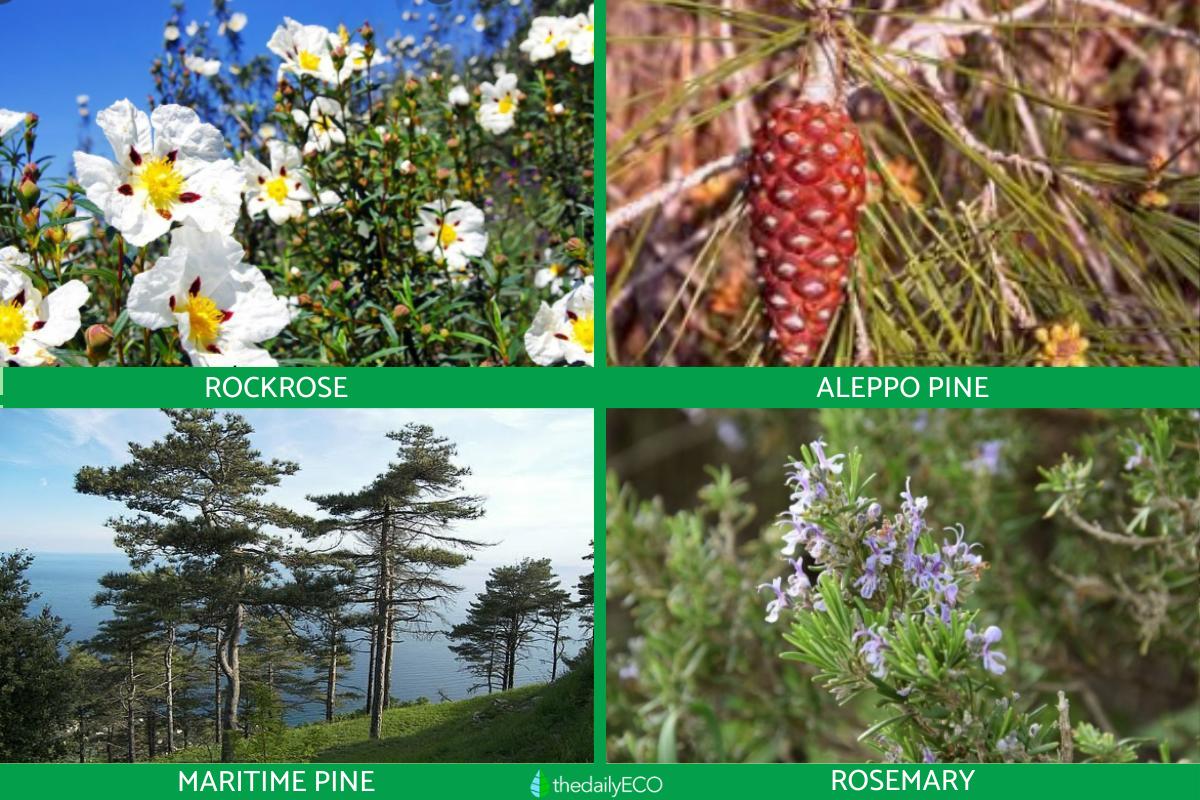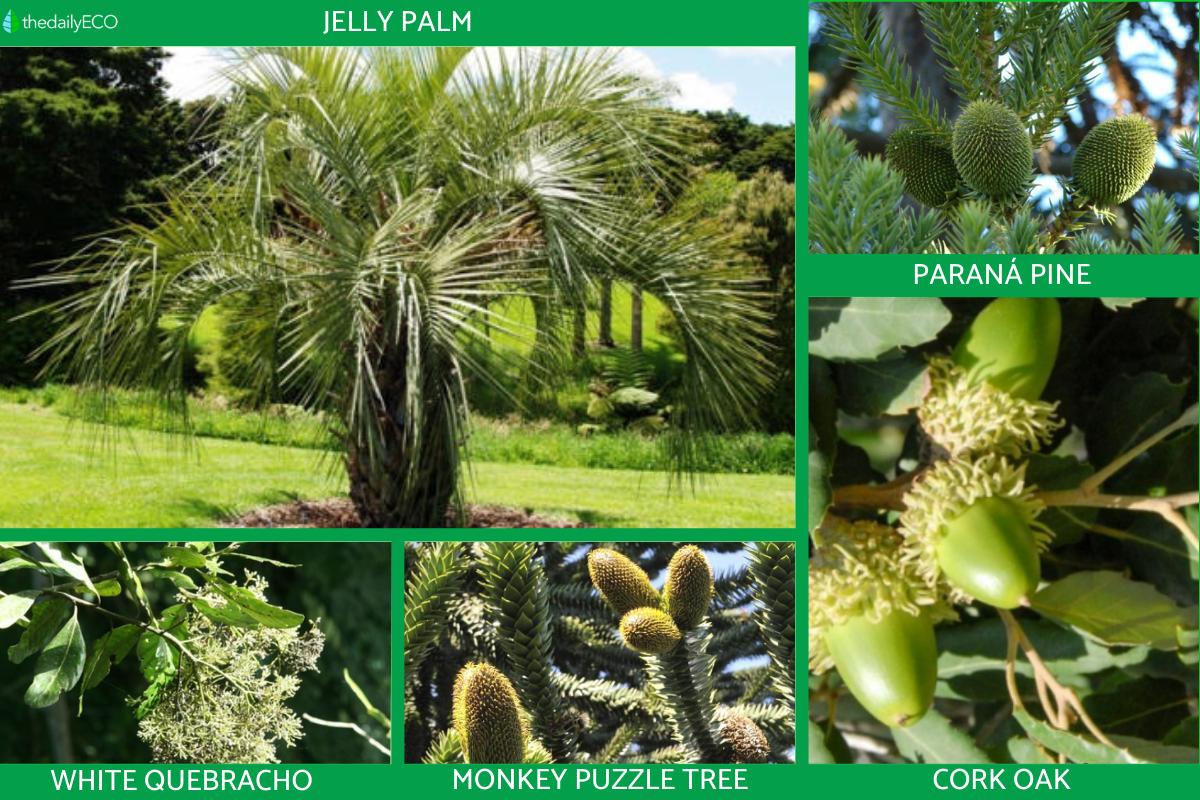Pyrophytic Plants - Types of Pyrophytes


Pyrophytic plants are those species of plants that resist and resist the effects of fire. While fires can be devastating, they are also an integral part of certain ecosystems. They are important for nutrient cycling, improving biodiversity and other factors. They are also not new and have been occurring since the beginning of time. For this reason, many different plant species have generated various adaptations to survive in environments where fires are a possibility or even a frequent occurrence. Fire can even be an important part of a plant's ability to colonize in their environment. Not all pyrophytes are the same, with different types existing according to various factors.
At thedailyECO, we explore pyrophytic plants by looking at the types pf pyrophytes. We discover different pyrophytic plat species such as the eucalyptus genus, the Aleppo pine and the cork oak. We provide information on their adaptation, as well as photos of what they look like.
What are pyrophytic plants?
Whether of natural or manmade origin, fires can decimate an ecosystem. These are often consequences of forest fires, as seen in the photo below. While much of the biota will be destroyed, this doesn't mean all life is eradicated. Some animals can evade the fires and certain plant species can resist or even thrive when their ecosystem experiences fire. Some plants use fire to germinate seeds or even sprout buds. This is the case with pyrophytes or pyrophytic plants.
Pyrophytes have morphological and physiological characteristics adapted to environments that experience fire. It is these characteristics which separate them from the plants that are more easily destroyed by fire:
- They have very thick bark: plant species that develop a thick bark are more likely to survive fire. In the long term, this adaptation can mean they become dominant in the plant communities which are part of their ecosystem.
- They have reserve organs: some species have powerful reserve or storage organs that allow them to survive in times of stress.
- Certain plants have deeper roots: if a plant has shallow roots, they are more likely to be destroyed by fire since being so close to the soil surface does not provide much protection. Those with roots that begin at least 5 cm from the topsoil have a better chance of survival.
- Others have gemiferous roots or underground organs: species that have this type of structures are capable of resprouting after fire, making them able to persist in environments that are prone to fires.
- Many have seeds with adaptations to fire: some are able to resist fire and others are stimulated by fire so they can germinate. There are even some pyrophytic plants which require fire to open. This is because their fruits can only do so when when exposed to high temperatures.
- They need a certain amount of time: all these species need a certain period of time free from fire to reestablish themselves in the environment and perpetuate their species.
Now you know the main characteristics of pyrophytes, you may be interested in plants which have a very different adaptation to their environment. Learn more with our article on what are air plants?
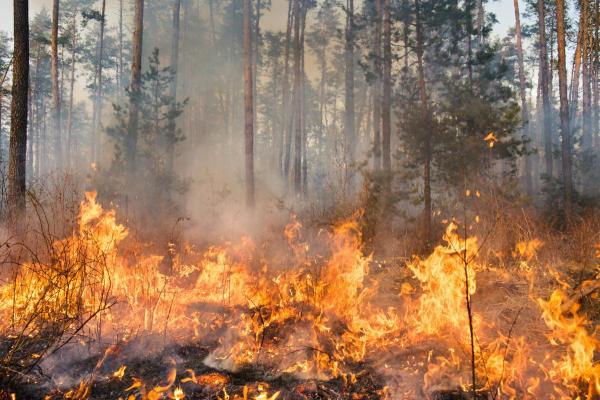
Types of pyrophytic plants
Pyrophytes can survive a fire in one of two ways. These are evasion or resistance:
- Evasion: is associated with tissue insulation within the soil, rapid growth and shorter overall life cycles, among other characteristics. The perpetuation of species that use this strategy occurs from the soil seed bank.
- Resistance: is associated with the modification of tissues and organs that are capable of surviving after being exposed to fire. This often in the form of rebuilding damaged parts or tissues. At the same time, the protection of the meristems and the existence of an important bank of buds ensure regrowth after the disturbance.
Let's get to know some types of pyrophytic plants, also known as pyrophytes:
Obligate pyrophytic resprouting plants
There are plant species in which their aerial part is not capable of resisting fire, but their root systems are capable of doing so. In addition to surviving, they can resprout quickly, giving them an advantage over their competitors.
Germinating pyrophytic plants
In this case, both the aerial part and the root system do not tolerate fire. The main body of the plant will be consumed, but their fruits and seeds can survive. This is because they do not lose their germination capacity. In fact, some fruits need fire to disperse. The high temperatures cause the fruit to ‘explode’ and the seeds spread out, sometimes covering great distances. Woody plants usually have seeds that are more resistant to fire than those of of a herbaceous variety.
Facultative pyrophytic plants
These species combine both survival strategies. In addition to being capable of resprouting, they have fruits that explode at high temperatures, increasing the dispersal range of their seeds. In doing so, they can increase their likelihood of germinating.
Fire-resistant plants
There are plants that have adaptive characteristics that allow them to resist fires in the ecosystem of which they are part. These may be inefficient in other environments where the intensity and frequency of fires is different.
These characteristics may be related to the pyrophytic plants previously mentioned. These include the thickness of the bark, the presence of roots at greater depth and others.
Plants colonized by fire
After a fire there are certain species of plants in which their aerial part, their roots, their fruits or seeds are damaged. However, they are able to profit from this damage. These are species known as pioneer plant species. Their seeds are capable of traveling great distances and depositing themselves in the site where the disturbance occurred. They then colonize the area made barren by fire.
Learn more about how biological adaptations help various species thrive in environments which are often quite inhospitable.
Examples of pyrophytic plants
Now you know the different types of pyrophytes we can find in nature, you may want to know some specific examples of pyrophytic plant species with photos of each below:
- Eucalyptus (Eucalyptus spp.)
- Antarctic beech (Nothofagus antarctica)
- Mediterranean heath (Erica multiflora)
Pyrophytic plants which have seeds and fruits that survive fire include the following:
- Rockrose (Cistus spp.)
- Aleppo pine (Pinus halepensis)
- Maritime pine (Pinus pinaster)
- Rosemary (Salvia rosmarinus)
Among the fire-resistant pyophytes we can find:
- Jelly palm (Butia yatay)
- White quebracho (Aspidosperma quebracho-blanco)
- Monkey puzzle tree (Araucaria araucana)
- Paraná pine (Araucaria angustifolia)
- Cork oak (Quercus suber)
Now that you know what pyrophytic plants are, as well as their types and species examples, you may want to learn about how other plants are categorized. You can do so with our articles on what are bryophytes and what are cryptogamic plants?
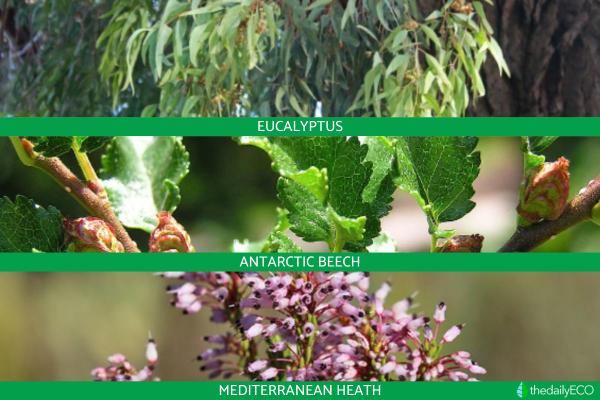


If you want to read similar articles to Pyrophytic Plants - Types of Pyrophytes, we recommend you visit our Biology category.
- Kunst, C.R., Bravo, S., & Panigatti, J.L. (2003). Fire in Argentine ecosystems.
- Lewis, J. P. (1995). The biosphere and its ecosystems: An introduction to Ecology.






